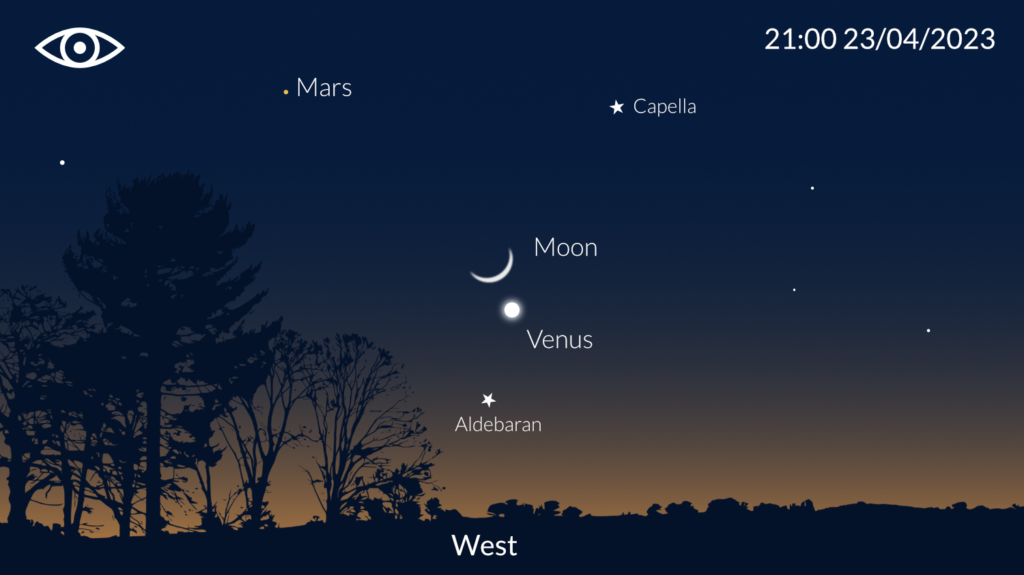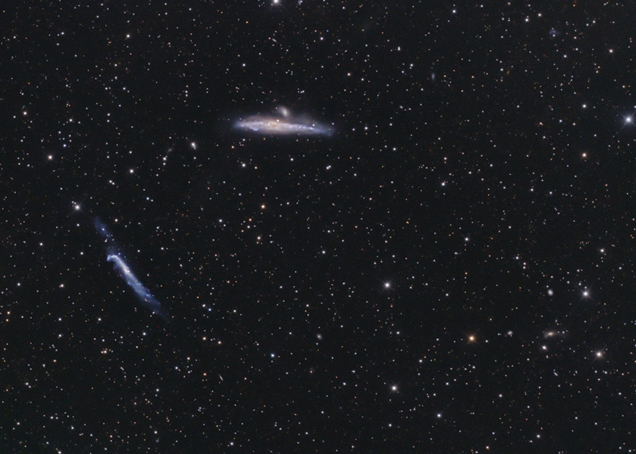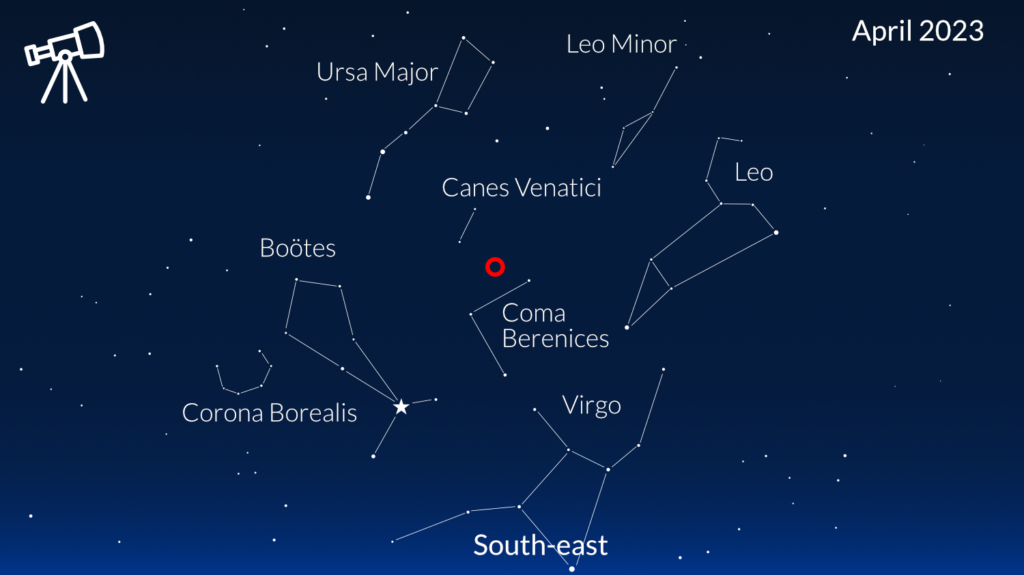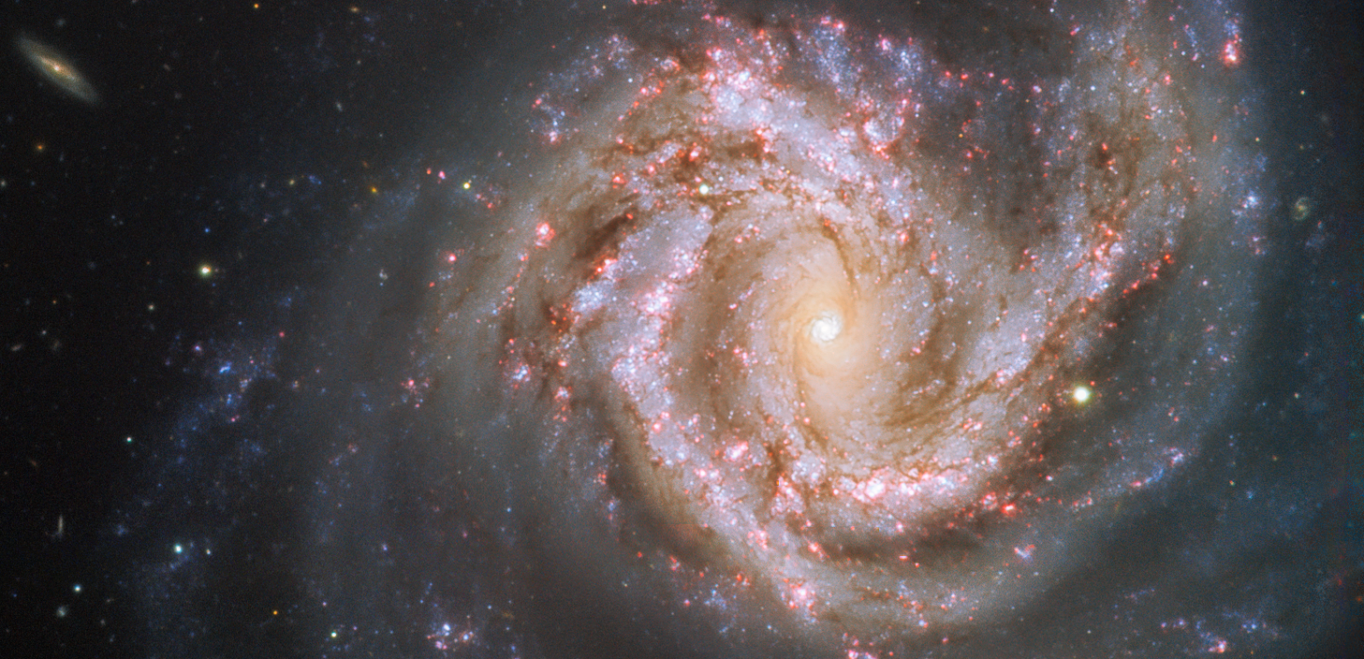April’s Eyes on the Night Sky will feature the best night sky objects to discover with binoculars, telescopes, or just the eyes.
Darkness falls form 9pm onwards this month, so it’s still relatively early to study the night sky.

April Constellations
As the Winter constellations set in the west, the spring constellations are well placed. In the south, Leo rides high, followed by Virgo and Boötes. The summer constellations of Hercules, Lyra and Cygnus rises at around 10pm.
You can download the printable constellation map from here (credit: Dominic Ford, author in-the-sky.org)
The Full Moon falls on 6th February and the New Moon on 20th February.

Zodiacal Light
There is still a chance to spot the mysterious and magical Zodiacal Light, which resembles a cone of faint light emanating from the western horizon, 60-90 minutes after sunset. This time of year, the Sun’s light can be seen as it illuminates interplanetary dust. You need to be in a dark place as any light pollution, even from the Moon, can affect your chances of seeing it.

Conjunction of the Moon and Venus
Look towards the western horizon at sunset and watch Venus emerge into the night sky, with the waxing crescent Moon placed only 1°18′ away.

Galaxies Galore
April is galaxy season. In the south, the constellation of Virgo is well placed; within the arms of Virgo lies countless galaxies to explore with the telescope. Simply point your telescope in the region and slowly scan the skies; nebulae-type objects will float into view and you will see many galaxies of all sizes and shapes. If you have a six inch telescope, you will be able to see 160 galaxies in this area. This area, called the Virgo Cluster, contains a staggering 2000 galaxies, situated around the constellations of Virgo and Coma Berenices.

If you have a six inch telescope, you will be able to see 160 galaxies in this area. This area, called the Virgo Cluster, contains a staggering 2000 galaxies, situated around the constellations of Virgo and Coma Berenices.
Use your 10×50 binoculars to find a group of galaxies called Markarian’s Chain. Look for the raised arms of the constellation of Virgo and bring the binoculars to your eyes, moving them upwards slowly and scanning for a dim collection of fuzzy objects. Markarian’s Chain contains around 12 galaxies and a few of those are resolvable through binoculars. You need dark adapted eyes in a dark site to see them. As a challenge, search the entire area and see how many galaxies you can resolve through binoculars; at least ten may be visible with 10×50 binoculars.
In 1864, astronomer John Herschel noted multiple nebulae in the constellation of Virgo – it wasn’t clear at the time as to what they were. Many debates ensued, until American astronomers Heber Curtis and Howard Shapely discussed as to whether they were galaxies. In the 1950s, Gerard de Vancouleurs identified these objects as galaxies as more powerful telescopes were produced which enabled more galaxies to be discovered. He named this collection of galaxies the Local Supercluster, after observing the movement of these galaxies showing that the larger structure was rotating around a central point

In fact, our own galaxy is part of this group, being located in the Local Group, in the Virgo Supercluster. Watch this video if you would like to know our full address in the Universe!
The Whale and Hockey Stick
Right ascension: 12h 43m 57.7s
Declination: +32° 10′ 05″
If you have a 6-8 inch telescope, take a look at an unusual galaxy pair, known as the ‘Whale and Hockey Stick”, named because of their shapes. Located in the constellation of Canes Venatici, the unusual shape of the Hockey Stick (NGC4657) is thought to be caused by gravitational influences from the Whale Galaxy (NGC 4631), NGC 4627 and NGC 4656. Both NGC 4631 and NGC4657 lie around 30 million light years away.
Image Credit & Copyright: Grand Mesa Observatory, Terry Hancock / Tom Masterson


Located in the constellation of Canes Venatici, the unusual shape of the Hockey Stick (NGC4657) is thought to be caused by gravitational influences from the Whale Galaxy (NGC 4631), NGC 4627 and NGC 4656. Both NGC 4631 and NGC4657 lie around 30 million light years away.



